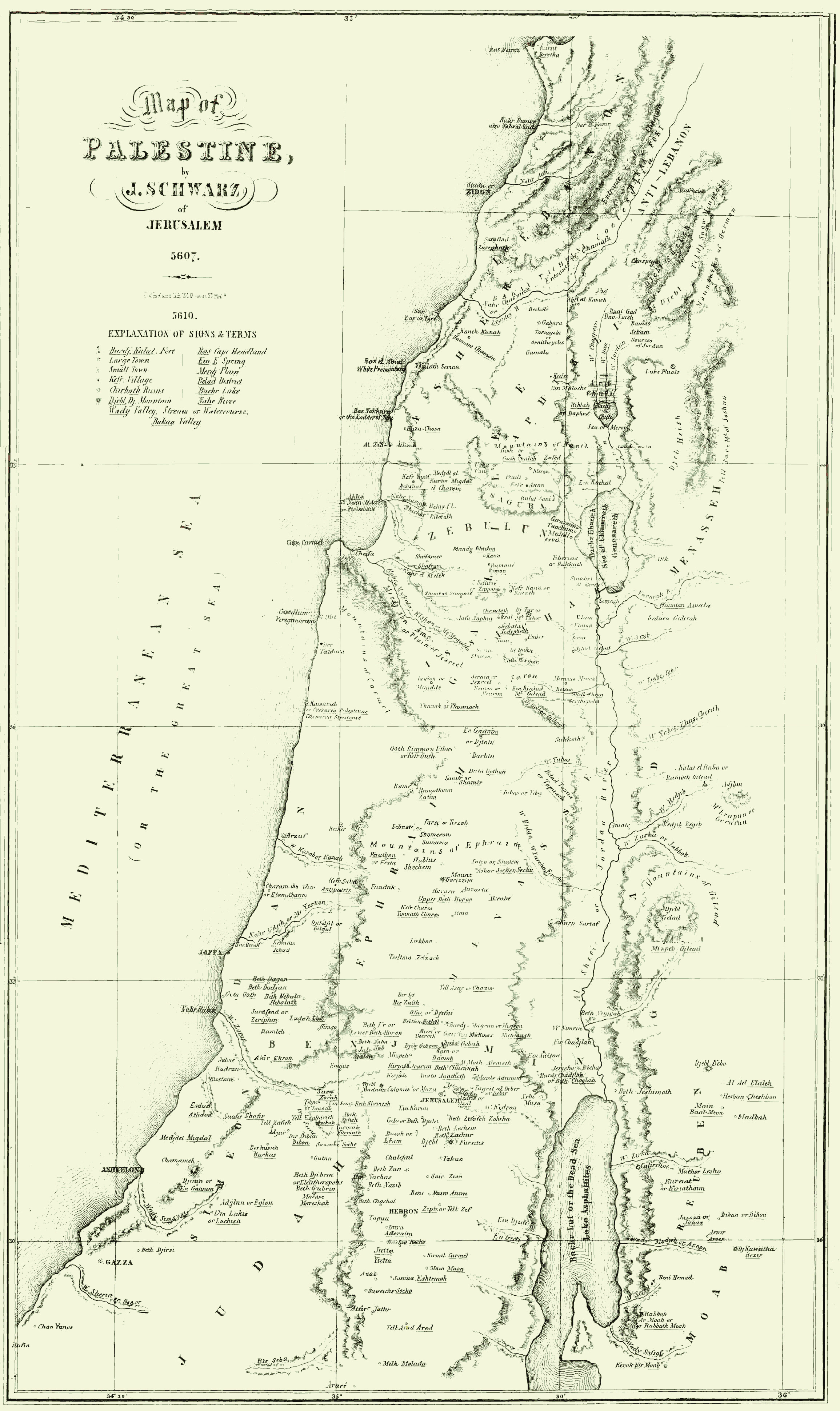Today, Monday April 12, is a week since Shevei shel Pesach, the seventh day of Pesach, on which the Jews crossed the Red Sea and completed their escape from Egypt. It is also the day on which Yom Hashoah, Holocaust Remembrance Day, is celebrated, recalling the events of the Shoah during which European Jewry did not escape from Hitler's Final Solution.
We were in Eilat for the end of Pesach, somewhere very near where the "Yam Suf" split and the Jews crossed. It is uncertain exactly which body of water is referred to in Exodus. There is an excellent article published in the OU's "Jewish Action" which analyzes where this location may have been from a Biblical and archeological perspective. There is no definitive conclusion but evidence points somewhat in favor of it being the Gulf of Suez arm of the Red Sea. Eilat is on the Gulf of Aqaba arm of the Red Sea, on the other side of the Sinai peninsula.
Possible Routes of the Exodus and splitting of the "Yam Suf"
If the Exodus occurred along the southern purple route, the Jews would have crossed the Gulf of Suez where it is about one mile wide. From our visit to Eilat I can tell you that the Red Sea is one of the most prolific bodies of water home to all sorts of fantastic corals and fish. (See slide show above.) The photos above are from the Oceanarium at Eilat. Although this seascape is so dense it looks artificial, it is entirely natural. The Oceanarium was sunk into the waters near shore and all of the fish and coral occur there naturally.
This gave rise to a different thought about the splitting of the Yam Suf: "And the Jews crossed over on dry land." I had always thought of the "dry land" as being the opposite of "mud". However, after visiting the Oceanarium, I can tell you that this is not what is at the bottom of the Red Sea. It is filled with the most fantastic and huge corals, together with giant rocks and boulders that would have made passage impossible. From this I surmised that if G-d had not turned the sea bottom into dry land, the Jews would have had the impossible task of crossing over giant coral formations, and gigantic rocks and boulders, not slogging through mud.
So this trip to Eilat gave me a fresh image of the perils of what the Red Sea crossing would have been like, had it not been for G-d's miracles.






No comments:
Post a Comment